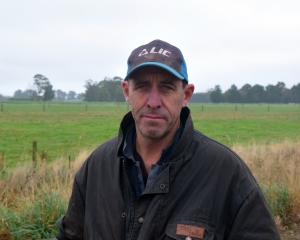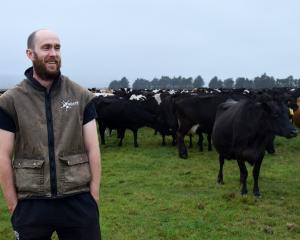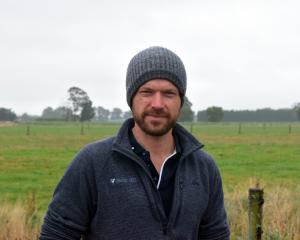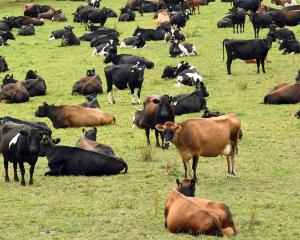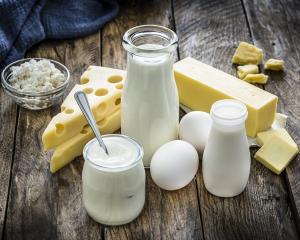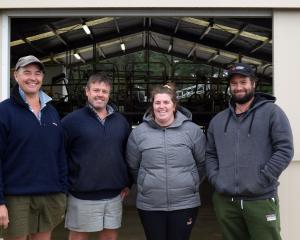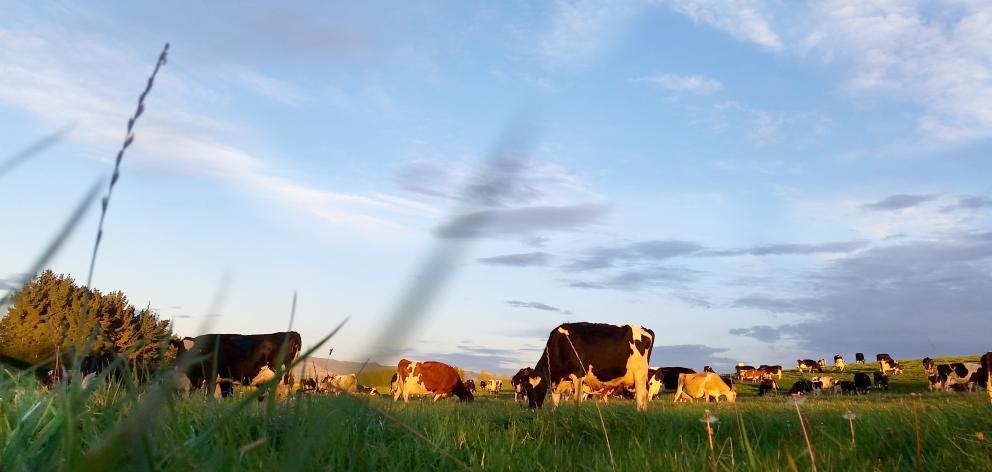
The result — with an overall price increase of 2.2% — reinforced Westpac’s 2020-21 milk price forecast of $6.50 and introduced some upside risk to it, senior agri-economist Nathan Penny said.
The overall result pointed to global dairy demand remaining relatively firm despite the impact of Covid-19. Importantly, whole milk powder prices topped the "key psychological barrier" of $US3000 ($NZ4550) a tonne this week for the first time since August, indicating a degree of confidence in the market.
Milk fat prices led the price gains, butter and anhydrous milk fat jumping 8.4% and 5.4% respectively. However, that followed a reduction in the volumes on offer by Fonterra ahead of the auction rather than a fundamental shift in supply.
Skim milk powder prices took a breather after a good run, dipping 0.9%, while the 1.7% lift in whole milk powder was largely in line with expectations, Mr Penny said.
Prices had firmed as New Zealand production hits its seasonal peak and that was despite recent data suggesting a strong start to the season. August production was running 4.7% ahead of August last year, he said.
In the short term, strong New Zealand spring production still had the potential to put pressure on prices although, for now, firm global (Chinese) demand was dominating.
ASB’s milk price forecast sits at $6.75 and it was also encouraged by the auction result. It had shifted its forecast up from $6.50 in July after a couple of bumper auctions but falls in subsequent auctions in August had put some pressure on that number, economist Nat Keall said.
Rabobank’s latest Agribusiness Monthly report said Australian milk supply was also ramping up. July kicked off the new season with growth of 2.9% with only Queensland not posting year-on-year growth.
The spring flush would peak in October and Australia was on track for its best flush in three seasons. Rabobank forecast milk production to rise 2.8% in 2020-21, bringing national milk production back about nine billion litres, senior dairy analyst Emma Higgins said.


